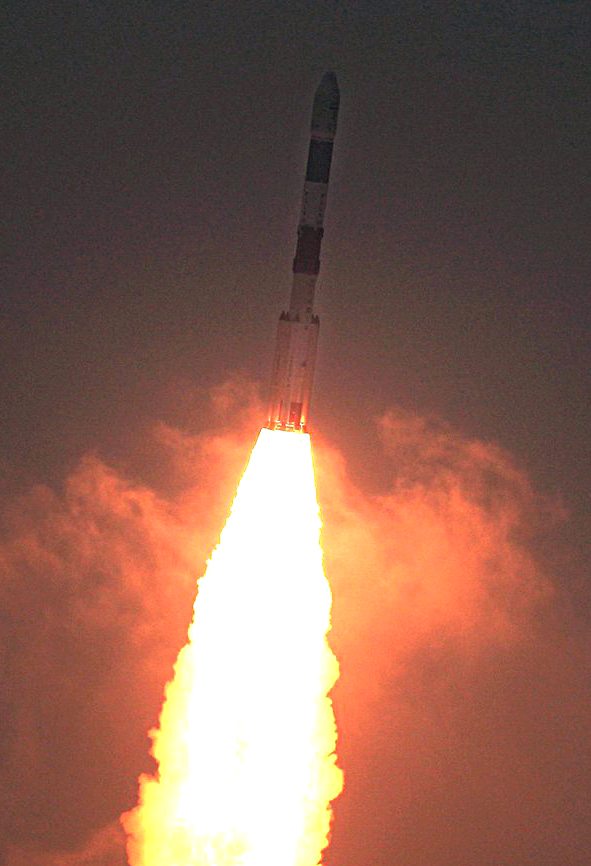UPDATE 3-Iranian 'Victory' satellite fails to reach orbit

- Country:
- Iran Islamic Rep
Iran unveiled a new short-range missile called Thunder on Sunday and launched a satellite named Victory which failed to reach orbit.
The developments took place at a time of high tension with the United States, which killed Iranian military commander Qassem Soleimani in a drone strike in Baghdad on Jan. 3, prompting an Iranian missile attack on a U.S. base in Iraq. Iranian Minister of Information and Communications Technology Mohammad Javad Azari-Jahromi said the satellite launch had not gone as planned.
"I wanted to make you happy with good news but sometimes life does not go the way we want it to. The launch was not successful," he tweeted. A defense ministry official earlier told state television the "Zafar" ("Victory") satellite had launched successfully but not reached orbit.
"We will make improvements for future launches," he said. U.S. officials say they fear long-range ballistic technology used to put satellites into orbit could also be used to launch nuclear warheads. Tehran says it has never pursued the development of nuclear weapons.
State television said Iran's elite Revolutionary Guards Corps, which is in charge of the country's missile program, had unveiled the new missile, called Raad-500, Farsi for Thunder. Iran's clerical rulers have said Tehran's missile program is solely defensive.
The first picture the satellite had been due to transmit to state media would have been of Soleimani, Azari-Jahromi told state TV. He said it was launched from Iran's Imam Khomeini Space Center in Iran's Semnan province, a facility under the control of the country’s defense ministry.
Tehran launched the first Iranian-made satellite in 2009, another in 2011 and a third in 2012, but at least two satellite launches failed last year. NEW MISSILE
Iran usually displays its military and space achievements in February during the anniversary of its 1979 Islamic Revolution that toppled the U.S.-backed Shah. State television said the Raad-500 missile was half the weight of a similar missile, the Fateh-110, but its range was about 200 km (120 miles) more and it could be powered by a new generation of engines designed to put satellites into orbit.
There was no immediate U.S. comment on the announcements. Israeli Prime Minister Benjamin Netanyahu noted the satellite launch had failed and said Israel was continuing to curb Iranian military reach.
"They are also failing when it comes to the transfer of weapons to Syria and Lebanon because we are acting (against that) all the time, including during these very days," he wrote in a tweet. Washington reimposed sanctions on Iran after President Donald Trump in 2018 pulled the United States out of the 2015 nuclear deal between Tehran and six world powers.
Under that deal, Tehran curbed its nuclear program in exchange for the lifting of international sanctions on Iran. But Trump said the agreement was flawed because it was not permanent, did not address Iran’s missile program and did not involve what Washington considers Iran's meddling in regional countries.
(This story has not been edited by Devdiscourse staff and is auto-generated from a syndicated feed.)
ALSO READ
Amit Shah to conduct a roadshow in Tamil Nadu
I want to tell Congress that every child of Moradabad is ready to give his life for Kashmir: Amit Shah at rally in Moradabad
Shah slams Congress for doing nothing on Article 370 for decades
Under PM Modi's leadership, Kashmir has been united with India forever: Amit Shah at rally in Moradabad
Amit Shah slams Cong president Mallikarjun Kharge for asking what do people of Rajasthan and Uttar Pradesh have to do with Kashmir










